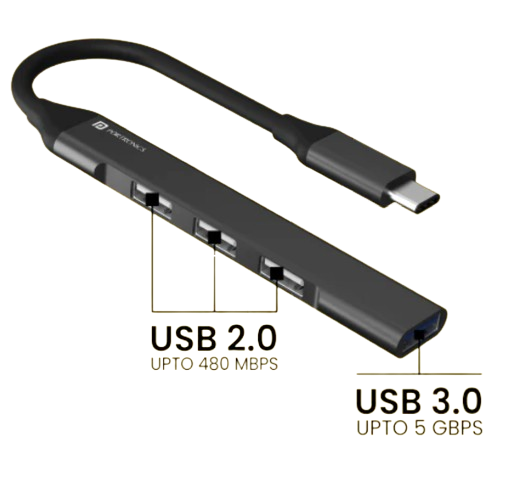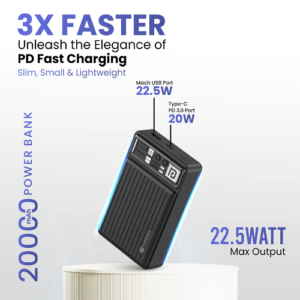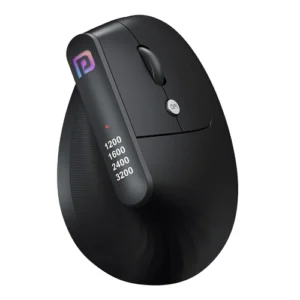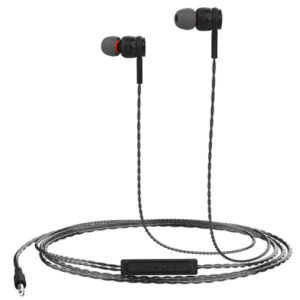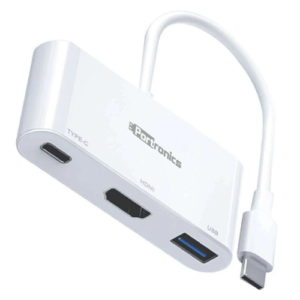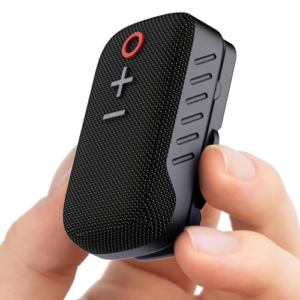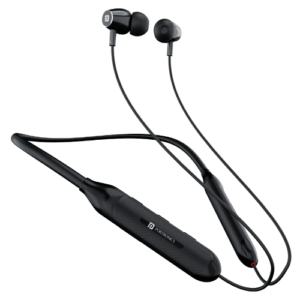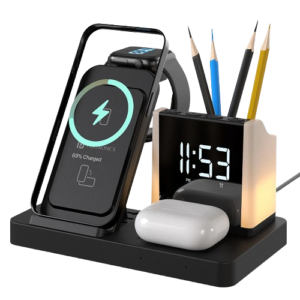When it comes to USB 3.0 speed in MBps, it boasts significantly faster data transfer rates compared to its predecessors. With theoretical speeds of up to 5 gigabits per second (Gbps), USB 3.0 allows for quicker file transfers and smoother syncing of devices. This enhanced speed is particularly beneficial for large file transfers, such as high-definition videos or high-resolution images, where time-saving is crucial.
Moreover, the improved speed of USB 3.0 makes it ideal for tasks that demand high data bandwidth, such as external storage drives, video editing, and gaming peripherals. The increased efficiency of data transfer with USB 3.0 not only accelerates workflows but also enhances overall user experience by reducing wait times for file copying and device synchronization.
Advantages of USB 3.0 over previous versions
When comparing USB 3.0 to its predecessors, one of the standout advantages is its significantly enhanced data transfer speed. With USB 3.0, users can experience speeds up to 5 Gbps, a substantial improvement over the 480 Mbps limit of USB 2.0. This rapid speed allows for quicker file transfers, more efficient backups, and smoother overall user experience.
Another key advantage of USB 3.0 over previous versions is its improved power efficiency. USB 3.0 devices consume less power during data transfer, leading to increased battery life for portable devices and reduced energy consumption overall. This enhanced power efficiency not only benefits users in terms of convenience but also contributes to a more sustainable approach to technology usage.
Factors influencing the speed of USB 3.0
When it comes to the speed of USB 3.0, several factors play a crucial role in determining the overall performance. One significant factor is the quality and type of cables used during data transfers. Using high-quality USB 3.0 cables that are specifically designed to support the high-speed capabilities of the interface can significantly impact the transfer speeds. Inadequate or damaged cables may result in data transmission issues and slower speeds, affecting the overall efficiency of USB 3.0.
Buy: Portronics Mport 31Plus USB Hub
Moreover, the compatibility of the connected devices and the host system also influence the speed of USB 3.0. Ensuring that both the source and destination devices are equipped with USB 3.0 ports and are compatible with the interface is essential for achieving optimal transfer speeds. Additionally, the overall performance can be impacted by the power capabilities of the connected devices, as insufficient power supply may restrict the speed capabilities of USB 3.0. By addressing these factors and ensuring proper compatibility and power supply, users can maximize the speed potential of USB 3.0 for efficient data transfers.
Real-world data transfer speeds of USB 3.0
Real-world data transfer speeds of USB 3.0 can vary based on several factors. Factors such as the quality of the USB cable used, the type of device being connected, and any potential bottlenecks in the system can all impact the actual speeds achieved during data transfers. It’s important to note that while USB 3.0 has the potential for high-speed data transfers, achieving the maximum advertised speed of 5 Gbps may not always be possible in real-world scenarios.
In practical usage, users often experience data transfer speeds ranging from 3 to 4 Gbps when using USB 3.0 devices. This speed can still provide a significant improvement over previous USB versions, making file transfers faster and more efficient. However, it’s essential to consider the realistic speeds when evaluating the performance of USB 3.0 for your specific needs and applications.
Comparison of USB 3.0 speed with other interfaces
USB 3.0 offers significantly faster data transfer speeds compared to its predecessors like USB 2.0. With a theoretical maximum speed of 5 Gbps, USB 3.0 outshines the 480 Mbps offered by USB 2.0, allowing for quicker file transfers and more efficient data management. This enhanced speed is particularly beneficial for tasks that involve large file sizes or frequent data backups, where time is of the essence.
In comparison with other interfaces like FireWire and Thunderbolt, USB 3.0 also demonstrates its superiority in speed. FireWire 800, for example, has a maximum speed of 800 Mbps, while Thunderbolt 2 offers speeds of up to 20 Gbps. Despite the impressive performance of Thunderbolt 2, USB 3.0 remains a popular choice for many users due to its widespread compatibility and cost-effectiveness. Users seeking a balance between speed and affordability often find USB 3.0 to be the default choice for their data transfer needs.
Common misconceptions about USB 3.0 speed
One common misconception about USB 3.0 speed is that the advertised transfer rates of up to 5 Gbps imply that all devices will consistently reach this maximum speed during data transfer. In reality, the achievable speed is influenced by various factors such as the quality of the USB cables and connectors, the performance of the connected devices, and the presence of any bottlenecks in the system. While USB 3.0 offers significantly faster data transfer speeds compared to its predecessors, reaching the theoretical maximum speed may not always be achievable in all practical scenarios.
Another misconception surrounding USB 3.0 speed is that all USB 3.0 ports and devices are the same, therefore offering identical performance levels. In truth, the speed and efficiency of USB 3.0 can vary between different devices and manufacturers. Factors such as the quality of the components used, the design of the device, and the level of optimization for USB 3.0 technology can all impact the actual data transfer speeds experienced by users. It is important for individuals to consider these factors when selecting USB 3.0 devices to ensure they are getting the best performance possible from their setup.
Tips to maximize USB 3.0 speed
When aiming to enhance USB 3.0 speed, it is advisable to ensure that you are using a high-quality USB cable. A subpar cable can hinder the performance of the connection. Additionally, keeping the USB ports clean and free from dust or debris can help maintain optimal speeds. It is also recommended to avoid using extension cords or hubs unless absolutely necessary, as they can introduce additional latency.
Another key tip to maximize USB 3.0 speed is to regularly update your device drivers. Ensuring that your drivers are up to date can help improve compatibility and performance. Furthermore, avoiding running multiple data-intensive applications simultaneously can prevent bandwidth congestion and allow for smoother data transfers. By implementing these simple strategies, you can optimize the speed and efficiency of your USB 3.0 connection.
Impact of file size on USB 3.0 transfer speed
When it comes to transferring files using USB 3.0, the size of the files being transferred can have a significant impact on the overall transfer speed. Smaller files, such as documents or images, are typically transferred more quickly compared to larger files like videos or high-resolution photos. This is because the overhead involved in initiating and completing each file transfer can become more pronounced with larger files, leading to slower overall transfer speeds.
Moreover, the sequential nature of file transfer operations means that transferring a single large file will generally be faster than transferring multiple smaller files with the same combined size. This is because each file transfer requires a certain amount of time to establish the connection, initiate the transfer, and verify the completion, which can add up when dealing with numerous individual files. Therefore, it is often more efficient to transfer one large file rather than multiple smaller files when aiming to maximize USB 3.0 transfer speeds.
